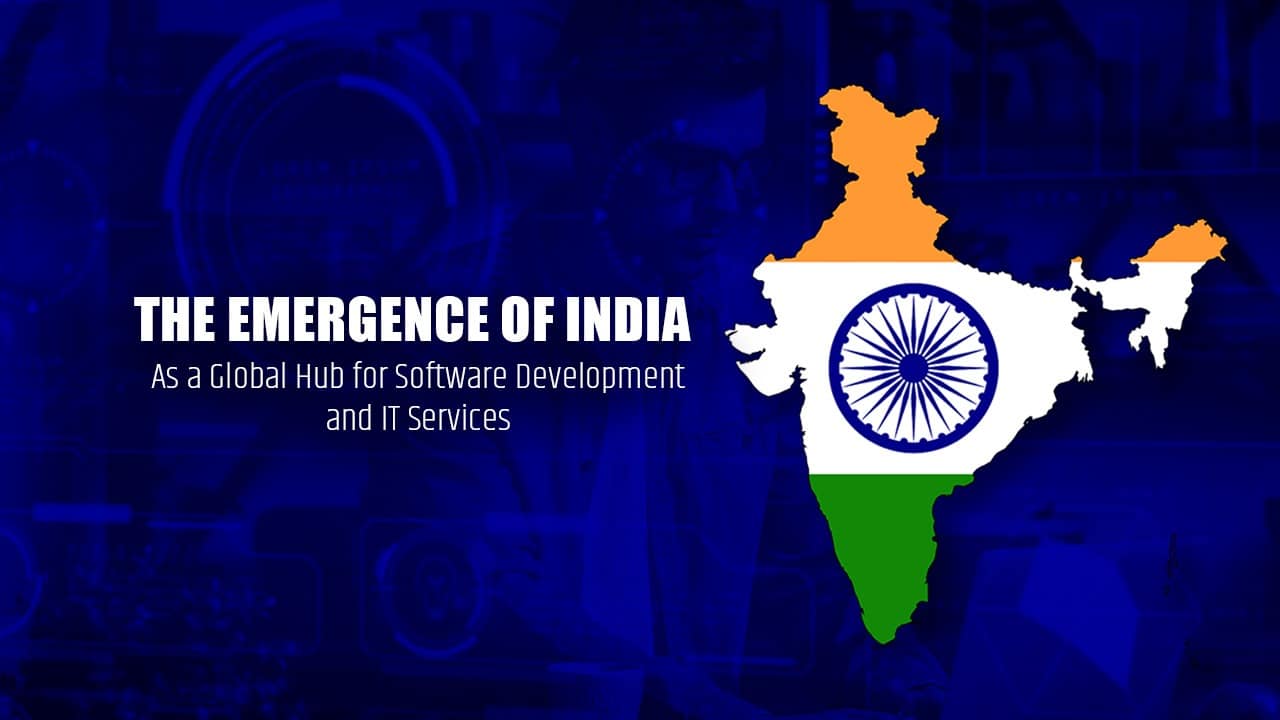Although businesses aren’t living beings, they have their life cycles. The cycles vary from industry to industry, or even between companies operating in the same industries. Let’s take a closer look at what these cycles are, what they compose of, and why you should know them.
The definition of Business Life Cycle
A Business Life Cycle (or BLC for short) can be defined as the natural way of a business’s progression over time, or as the length of time that a business lasts on the market. Similar to the life cycles of living organisms, a business’s journey through “life” consists of several distinct phases/stages that culminate in “death” – which in the case of business means exiting the market. The business life cycle can be described by various financial metrics, such as sales growth, profit growth, and cash flow. The length of individual business lifecycle stages may vary greatly, even between companies functioning under the same business model.
Most common stages of the Business Life Cycle
Most BLCs consist of 4 main stages – launch/introduction, growth, maturity, and decline. Besides those “big four” stages, there’s often one extra phase – the so-called shake-up, stacked neatly between the growth phase and maturity stage.
Stage 1: Launch/introduction
This initial phase of BLC focuses on understanding the product’s commercial viability and evolving its testing process – the goal here is learning about its acceptability in the market. The introduction stage of business involves a high investment (e.g., coming from so-called Seed funding) and cash outflow with practically no visible revenue.
It’s a hard time for any business entity – it carries the highest fail rate of all the stages, as many startups never get past it. Even the most brilliant business idea can fail without sufficient financial backup.
Stage 2: Growth
The start of the growth stage is a massive milestone – reaching it means that the products/services achieved market acceptability and started bringing in visible revenue. This means accelerated cash flow, which stimulates heavy investments – it’s the time of the most rapid growth in sales and other financial metrics.
The obvious goal here is to maximize profits before the product/service loses its initial attractiveness or competitors arrive, saturating the market.
Stage 3: Shake-out
It’s a transition stage between growth and maturity phases – sales growth is still present, but at a noticeably slower rate. Usually, it’s the result of either the arrival of new competitors or getting close to market saturation. This is also the stage of peak sales, but shortly after that point profit starts to decline, due to a significant increase in costs. And last, but not least – cash flow still grows and eventually exceeds profit.
Stage 4: Maturity
When reaching this stage, businesses still have an acceptable customer base, but the sales start to decrease slowly. The cash flow is relatively stagnant, as the profit margins get thinner, but there aren’t many money-spending endeavors – most major investments are already done at this point.
When reaching the deep maturity stage, many businesses decide to reinvent themselves (e.g., by opening to new markets or investing in new technologies), thus extending their life cycle and getting back to generating profit. Doing this essentially starts another growth/shake-out stage. When done properly, this can keep the company “alive” for many decades to come.
Stage 5: Decline
The final stage is marked by a decline in all 3 major financial metrics – sales, profit, and cash flow. A company that reached this phase slowly fades out due to market oversaturation or failing to adapt to the changing business environment. Without its former competitive advantage, the company eventually exits the market.
As you probably can tell, only a relatively small fracture of businesses reaches this stage – most of them (including small businesses) break the cycle by starting another development stage and reaching out for new customers when the business matures.
Why does understanding BLC matter?
Knowing where your company currently stands in the business cycle is crucial for effective strategic planning – each stage has its own characteristics and challenges. In-depth knowledge of your business life cycle will let you take the right steps to stay relevant on the market and avoid the decline stage by re-launching the growth stage.
Moreover, understanding the BLC stages helps in getting the business fund properly – you can easily show your investors and other stakeholders the exact areas that need financing at a given time. Knowing that you can allocate your funds better and make the most out of them.
Identifying and learning about your business’s current phase isn’t an easy task, but the effort is definitely worth every second and cent spent. To make sure you can use this advantage properly, consider hiring a professional business advisor that can help you assess your company’s situation and formulate the best strategy moving forward. You can find such specialists at Silicon Cities – a Sydney-based business consulting & advisory firm.
Final thoughts
No matter if you own a small business or a giant conglomerate, each business goes through the same stages of its life cycle. Nevertheless, each business life cycle will be different, even between companies from the same industry – the differences might be huge or barely noticeable, but they’re always there. This individuality means each company needs to prepare its own strategy to flourish in the market and keep itself “alive” as long as possible.
Careful strategic planning (mainly on the financial front) is especially important in the first phase of BLC, as it has the highest failure rate and the maturity stage when sales start to decline. Knowing where your company stands on its lifecycle timeline is crucial for effective strategizing – each stage has its challenges and opportunities that require a specific approach. Thus, hiring a professional business advisor might give your company the edge it needs to cut in front of the competition or reinvent itself before it reaches the decline stage of the business life cycle.









































